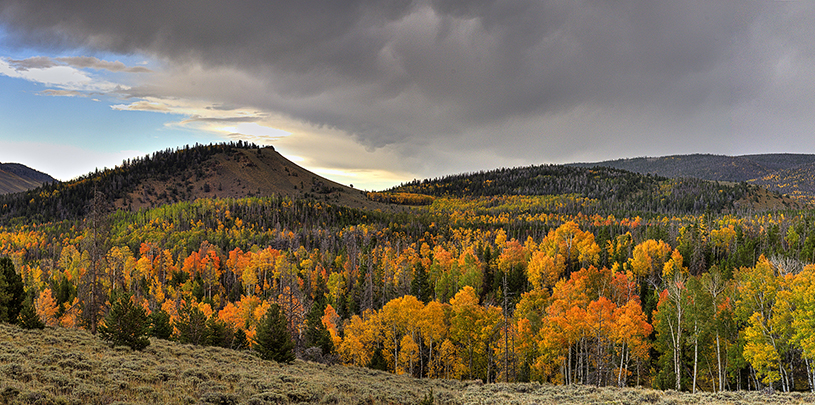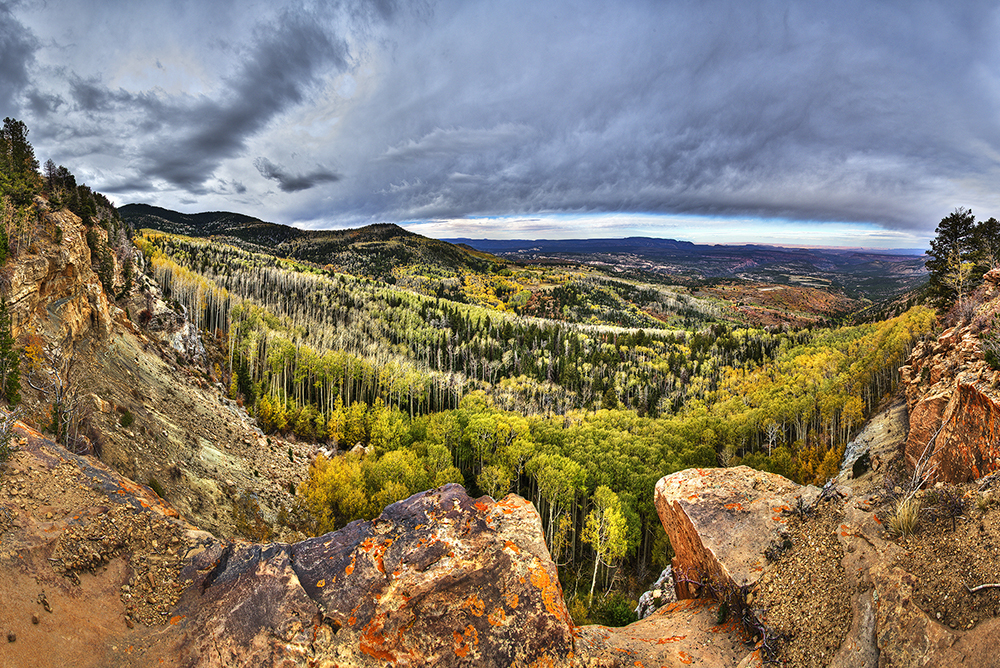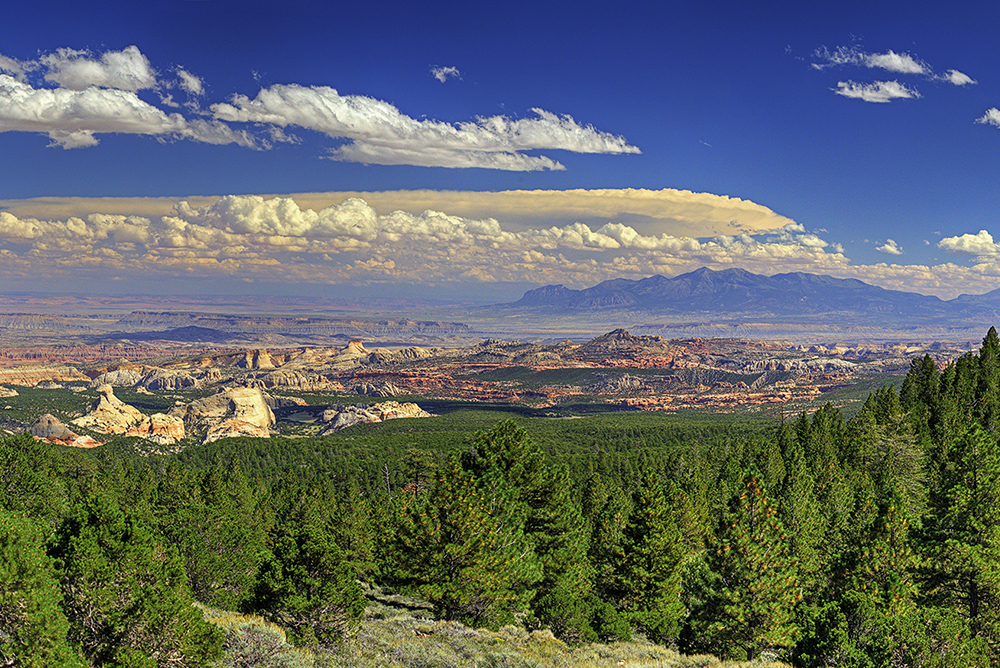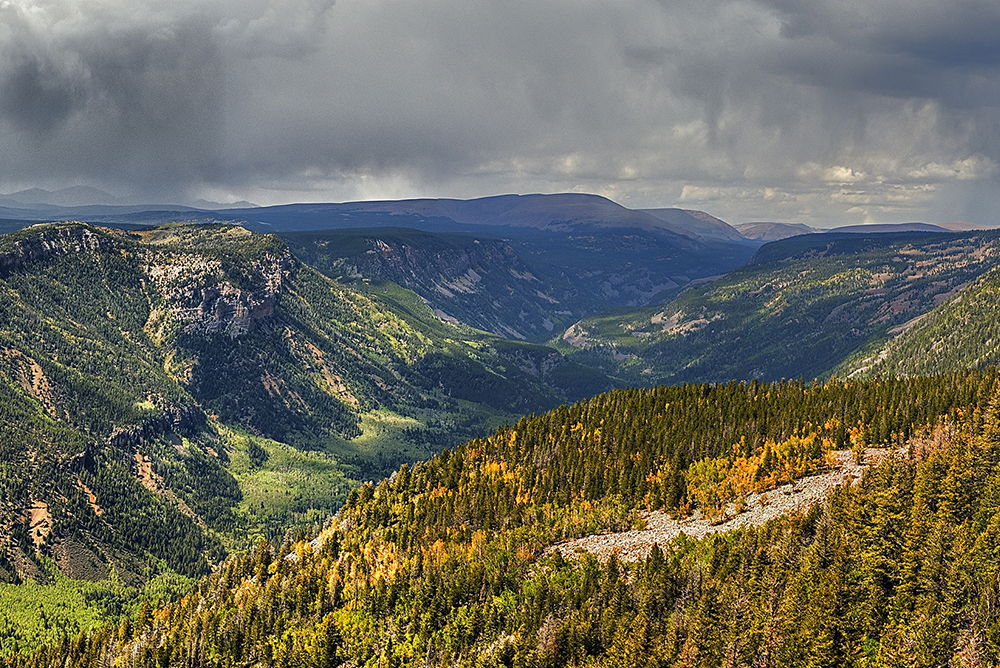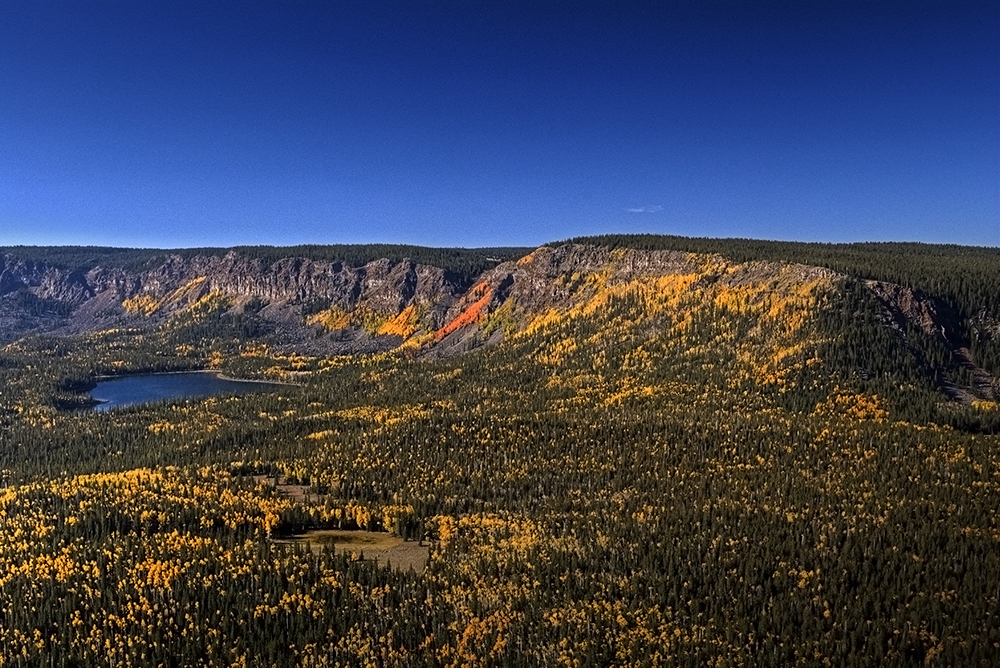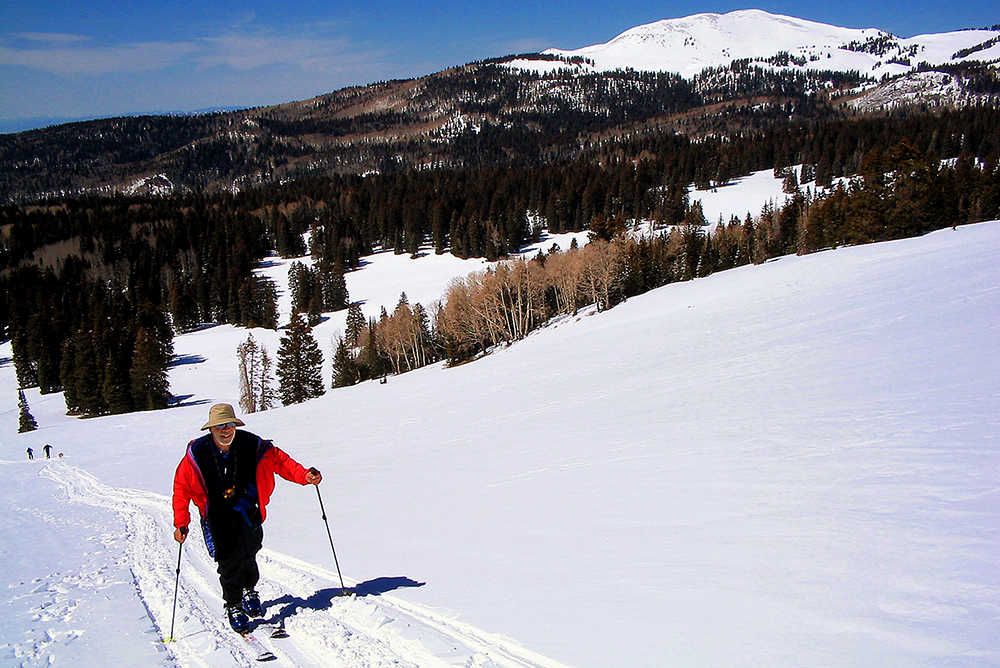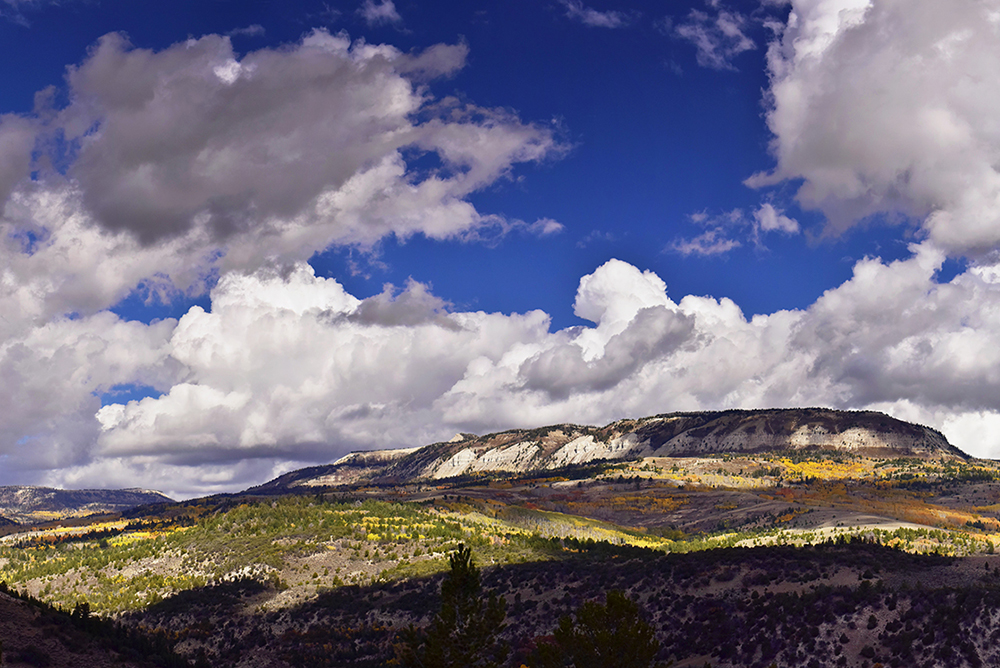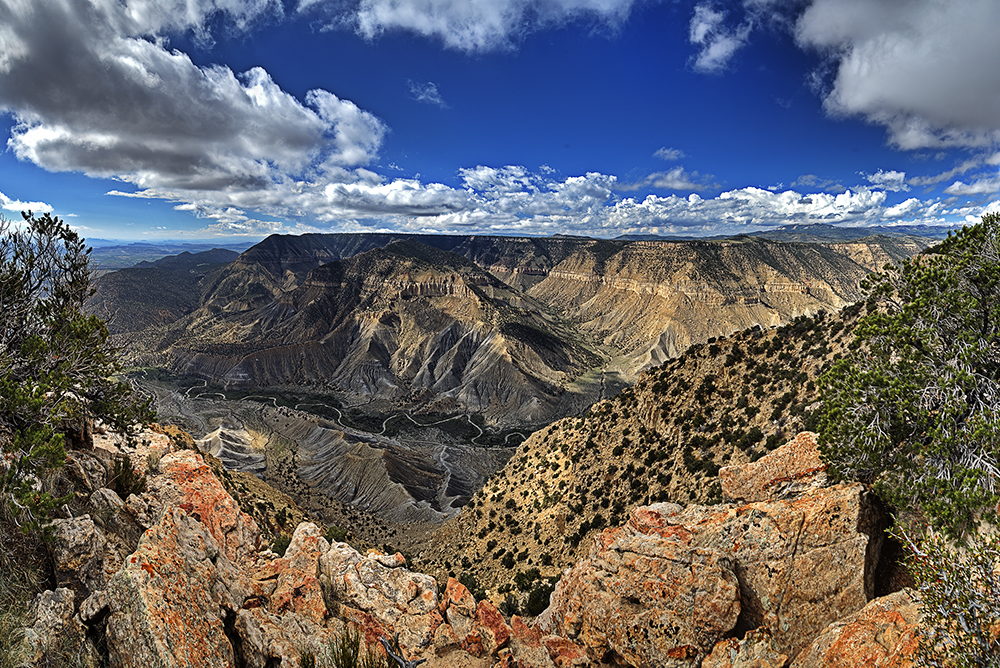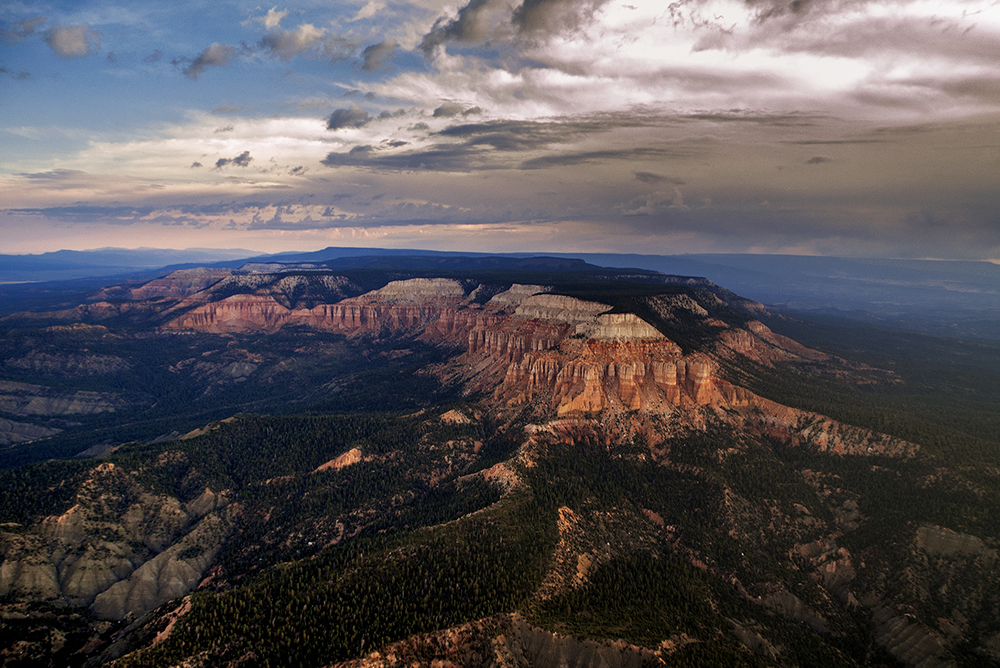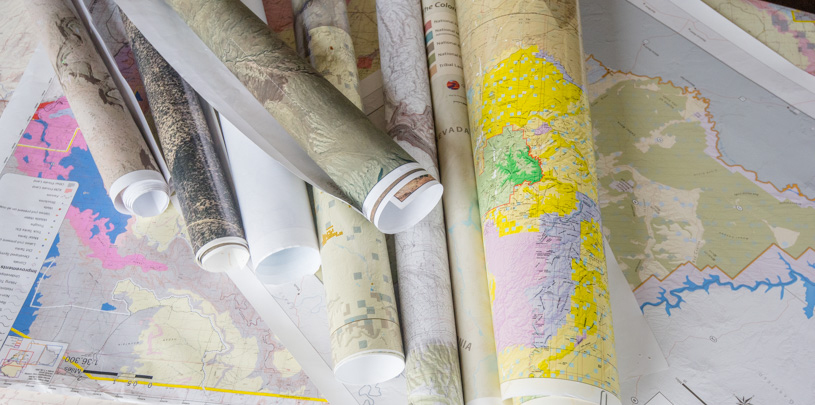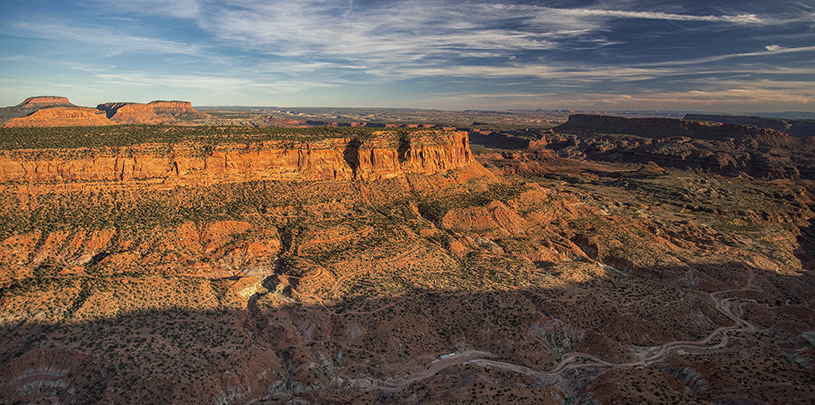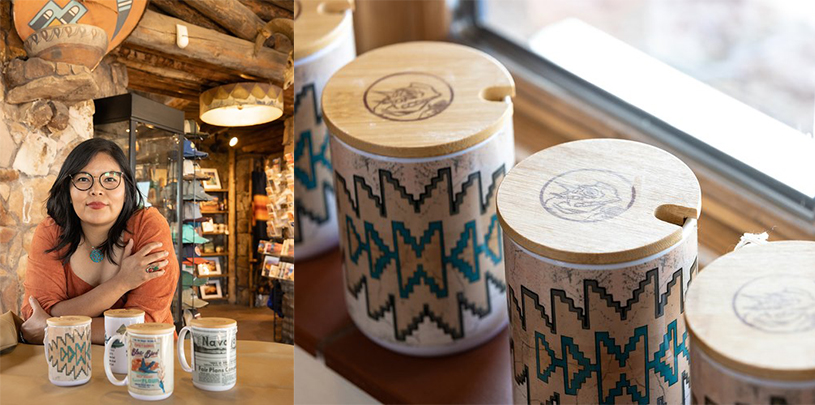They’re all roadless areas, and they’re treasured backcountry that we rely on for clean air, unspoiled wildlife habitat, clean drinking water, and recreation opportunities for all. The roadless rule is one of our nation's most successful and widely popular conservation initiatives, but Utah wants out.
Opening roadless areas to commercial logging
Why does Utah want a change? The stated goals are to “give our forest managers the tools and flexibility they need to improve the health of our forests and watersheds, and to reduce wildfire risks.” Sounds good, right? Not so fast. Recently, a document obtained by a reporter entitled “Utah Policy Objectives for Land Management” laid the true goals bare. Stated in plain text, Utah’s objective is to: “[r]evoke the Forest Service's roadless rule and reinstate timber production on federal land that has been managed as special areas or roadless areas."
That’s a little different than what the state is telling the public. Regardless, reducing fire risk and improving forest health can’t be done by just hitting the brakes on protecting roadless areas. Most roadless areas are far from communities at risk of severe wildfire. There simply isn’t enough money in the federal budget or labor in the workforce to road-build and log our way out of wildfire risk.
Regrettably, roadless areas have become the latest straw man for Utah politicians to stand up and attack instead of tackling the complicated issues around forests and fire that real people in communities vulnerable to wildfire need addressed. Fighting the roadless rule may be satisfying for Utah’s anti-public lands politicians, but it won’t do what they say is necessary.
The smart way to address concerns would be to focus wildfire mitigation efforts (such as clearing underbrush and ladder fuels and reintroducing prescribed fire where it has been unnaturally suppressed) near homes and communities that need protecting.
Wildfire is deadly serious. Many communities in the West are under direct threat. But since 2013, 90 percent of wildfires have started outside roadless areas. More roads means more vehicle use, and more opportunity for careless or malicious individuals to start fires. The real risks and costs of fire are most serious where homes and communities meet the national forests — mostly places well outside roadless areas. Opening pristine and natural roadless areas deep in the backcountry for commercial logging and new roadbuilding won't fix the complex issues that Utah politicians claim to want to solve.
What does the public think?
Utah intends to submit its roadless petition by the end of 2018 or shortly thereafter, and there's still no meaningful mechanism in place to involve the public in these decisions.
If you value wild forests, drinking water, and being outside in pristine national forests, your voice needs to be heard. Email your comments to the Utah Governor's Public Lands Policy Coordinating Office at ourforests@utah.gov
Not sure what to say? Some points to include in your comments, in your own words:
- The roadless rule is popular, durable, and has been a great success, protecting clean air, clear water, natural forests, and public recreation.
- The state must slow down, meaningfully involve the public, and use the best available science on wildfire and healthy forests before rushing to submit a petition to alter the roadless rule.
- The state must convene Native American tribes, community leaders, forest-ecology experts, and other key stakeholders to find solutions around community preparation for and protection from wildfire instead of wasting precious time and limited taxpayer dollars on petitioning the roadless rule.
- Wildfire risk mitigation is best accomplished at the community level, and messing with the roadless rule doesn’t get us to safety or solutions.
Thank you for taking action to protect Utah’s pristine natural roadless areas from unnecessary new roads and logging operations.


